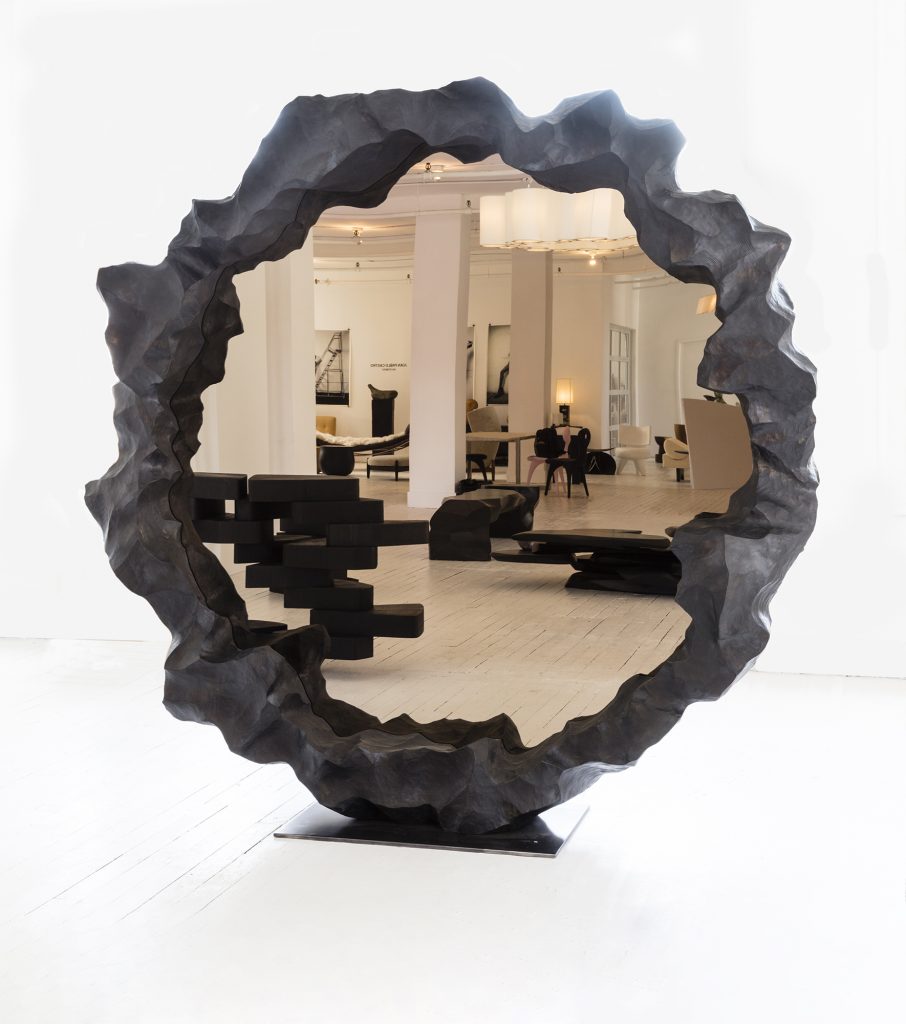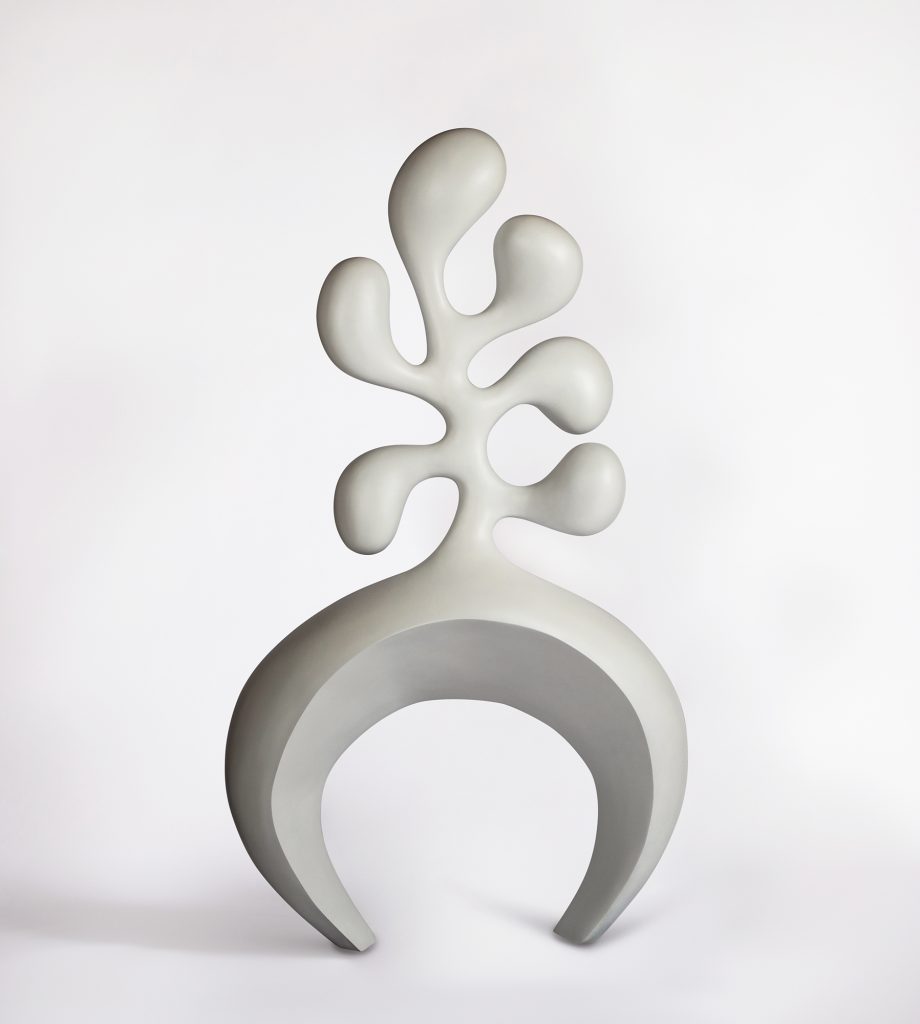This winter, during Design Miami and Art Basel Miami Beach, Ralph Pucci International—a leading luxury furniture, lighting, and former mannequin company—will move to another new gallery in the Wynwood Art District of Miami, where it first opened in 2014. This follows the launch of a space in London’s Mayfair, and will entrench the company’s triangle of US showrooms in Florida, New York, and Los Angeles.
The move marks another step in the remarkable evolution of the company into a major player in the field of contemporary collectible design. The story began in 1954, when Ralph Pucci’s parents established a mannequin repair shop in Manhattan. When Ralph joined the team in 1976, he had the idea of fabricating unique mannequins for fashion designers such as Diane von Furstenberg, Anna Sui, and Pierre Cardin.

“Instead of giving mannequins the usual painted faces and wigs, we sprayed them in single colors, so they became sculptural statements. We had found our language,” says Pucci. By the mid-1980s a community of creative people were attending his shows, including the photographers David LaChapelle and Christopher Makos.
His collaboration with designer Andrée Putman changed his course. “The Olympian Goddess,” an imposing, androgynous, metallic-toned mannequin Pucci made in 1986, caused a sensation. Impressed by the attention, Putman suggested Pucci represent her business, Ecart International, in the US. She had recognized the appeal of early-20th-century furniture and objects made by then largely forgotten designers—such as Eileen Gray, Jean-Michel Frank, and Pierre Chareau—and began manufacturing and selling “re-edits” of their designs.
The works flew out of the gallery, but the prices were high, so in the late 1990s, Pucci began to produce his own furniture, working with designers, and using the skills of the craftspeople in his mannequin workshop. Collaborations began with Patrick Naggar, Paul Mathieu, and Hervé van der Straeten, among others.


